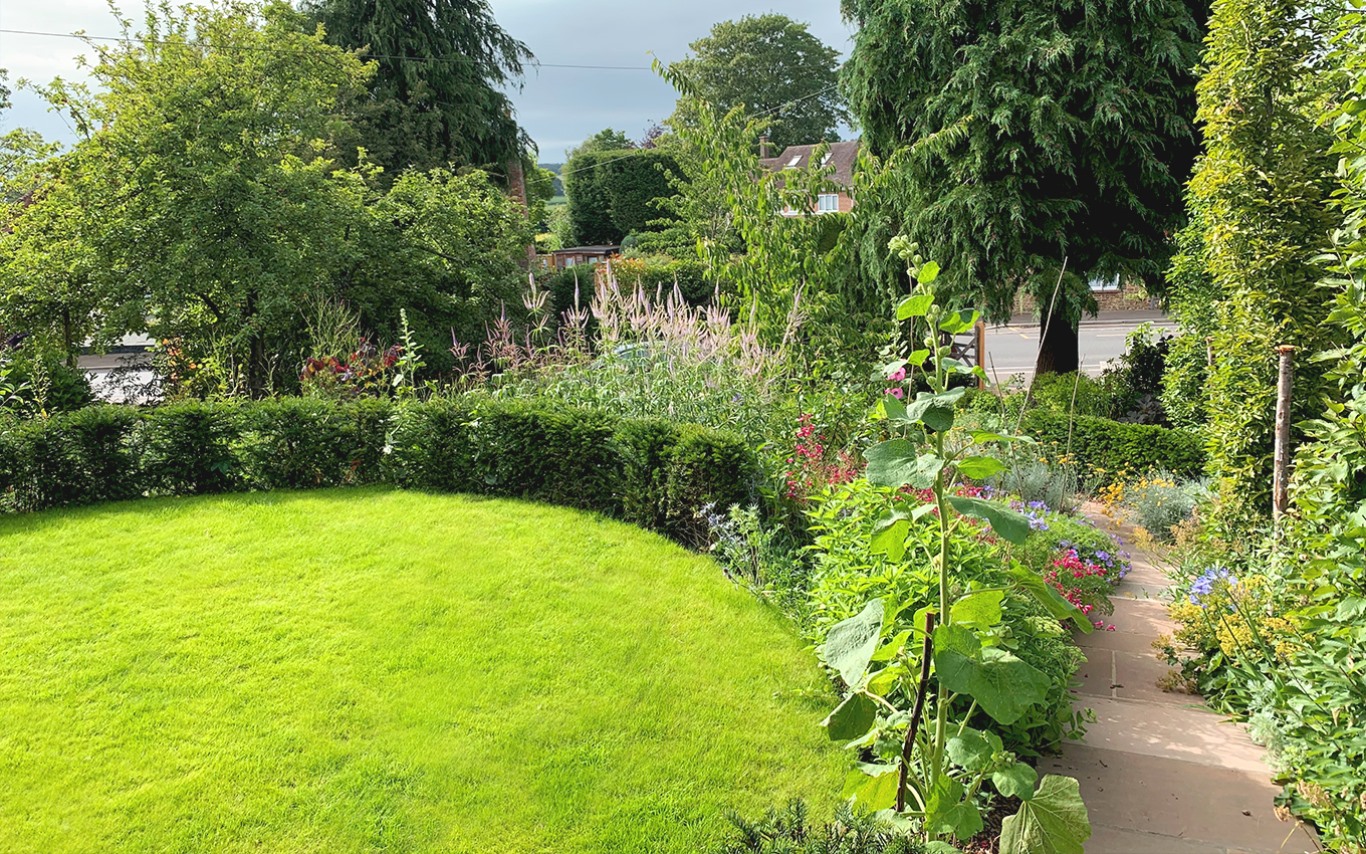Summer Gardening Tips
Summer is well and truly underway, and it is one of the busiest and most rewarding times of the year when it comes to our gardens. All the hard work you have put in over the winter and spring months is beginning to pay off, whether it be collecting your first harvest of fruit and vegetables or your garden exploding with a variety of colours, scents and wildlife!

However, the hard work does not stop here! To make your load a little lighter we have put together our top 5 things to do during summer to keep your garden looking amazing!
Control weeds
Summer offers brilliant conditions for your flowers to thrive and release their full potential, however, summer also offers these same beneficial conditions for the dreaded weeds! Fortunately you can do things such as mulching to deter the weeds. Equally removing them as soon as they appear will be just as effective!
Harvest your fruit and veg
Now is the time to harvest and enjoy vegetables such as beetroot, peas, carrots, potatoes, salad leaves and strawberries! It is also a smart move to pick and freeze herbs so you can use them over winter to stop excess herbs going to waste over the summer months!
Don’t forget to pick your runner beans regularly to prevent them from becoming tough and stringy!
Fertilize and water your plants
There are many types of fertilizer on the market, so make sure you ask a gardening expert which fertilizer will work best in your garden. The healthiest gardens use some type of fertilizer as most soils do not provide adequate nutrients!
Watering should be done on a daily basis during the warmer weather, we often suggest doing this in the evening when the sun is less intense, watering during the hottest hours of the day can actually do more harm than good! Also, ensure you are keeping an eye on your tomato plants, you should be feeding them regularly with a diluted tomato fertilizer, if your tomato plant has leaves turning yellow gradually increase the frequency of your feeding!
Prune and train your plants
Start by deadheading your roses, unless you have a plant that produces attractive seed pods in which case leave the flowers on the stem. By maintaining both annuals and perennials you will get the best out of your garden all through the summer months and leave them in good stead to flourish next year!
When it comes to training your climbing plants such as wisteria, you’ll first need to prune the plant to accomplish this, simply prune the long shoots of the current year’s growth back to 6 inches long in early summer after the vines have flowered. It may also be worth removing any new shoots that will not fit where you are training the wisteria.
Now you have pruned your climbing plants, let’s start training the plants! Simply start with a sturdy structure such as a pergola, then allow two or three shoots join together and intertwine them with the pergola, for new shoots you can use wire and eye hooks to train them up the pergola.

Don’t forget the lawn
It is unfortunately common for lawns to start looking browner during the summer months. This is often due to cutting the lawn too low, doing this can cause shallow rooting making the lawn more susceptible to drought and a build up of moss. Our tip from the first cut of the year is to start high and gradually work down to your desired height. Make sure you gradually work back up to a higher level as we move into early autumn.
The perfect English summer is what we all dream of and now is the time to get the garden in peak condition so you can enjoy an early morning cup of tea listening to the bird song and admiring your strawberry patch or wind down at the end of a long day watching the sun go down with a long, tall glass of Pimm’s.
